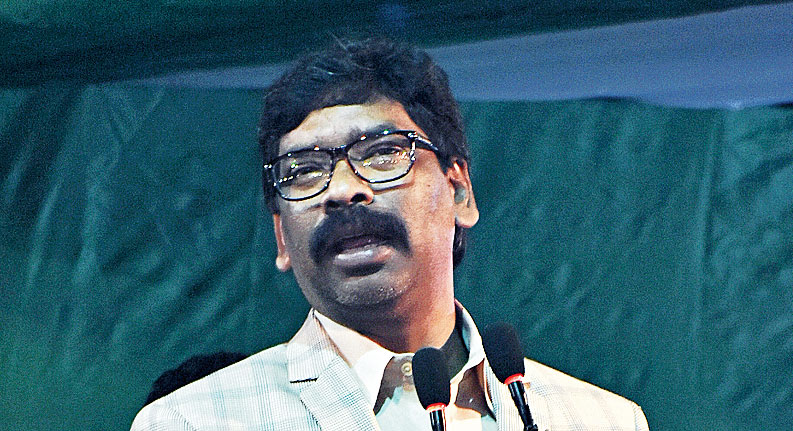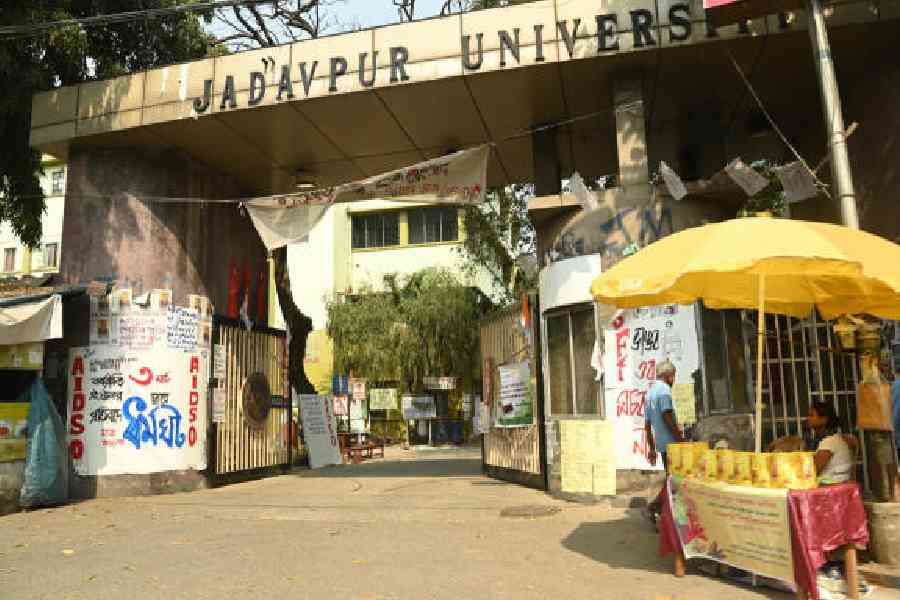The economic survey tabled by the Hemant Soren-led government in the Assembly on Monday predicted that Jharkhand’s economy would grow 7.2 per cent in 2019-20.
The government also released a white paper on the financial condition and development of the state.
The 16-page economic survey suggests that Jharkhand grew 12.5 per cent in 2014-15 but clocked negative growth of -6.2 per cent in 2015-16. Between 2015-16 and 2018-19, the average compound annual growth rate (CAGR) was only 5.7 per cent. According to the document, the per capita income of Jharkhand is the fourth lowest in the country.
Out of 28 states, Jharkhand ranks 25th on the per capita income list, followed only by Bihar, Uttar Pradesh and Manipur.
The document showed that the rate of inflation in the state kept pace with that of the country. In 2016-17, the annual rate of inflation stood at 5.3 per cent, 3 per cent in 2017-18 and 3 per cent in 2018-19. Since August 2018, inflation both in India and Jharkhand has remained below 4 per cent.
The reports suggests that the rate of urbanisation in the state has picked up pace, but there is a downward slide in agricultural production.
Average growth in the industrial sector stood at a modest 3.3 per cent between 2011-12 and 2019-20.
The survey acknowledged the need to make significant progress on the food security front, particularly with regard to capacity expansion and improvement in delivery.
While the literacy rate improved from 66.4 per cent in 2010-11 to 71.8 in 2017-18, provision of safe and clean drinking water to all still remains a Herculean task.
The economic survey pointed out that the state had only 29.9 per cent forest cover against 33 per cent mandated by the new forest policy of the country.
On tourism, the report suggests the state needs to explore the full potential of nature’s bounty in promoting this sector and improving the livelihood of the people.
The 17-page white paper released on Monday revealed a shortage of funds in government treasury and cited reasons behind it. One of the reasons was the slow economic growth rate in the last five years. Though economic growth stood at 12.5 per cent in 2014-15, the average growth rate between 2015-16 and 2018-19 remained 5.7 per cent. The decline in the state’s share in the central taxes has also been blamed for the financial strain.
Jharkhand is expected to get Rs 20,593 crore from the Centre in 2020-21 compared with Rs 23,906 crore in 2018-19.
To make matters worse, Jharkhand’s tax collection fell 7.1 per cent in 2017-18 from 2016-17.
The white paper pointed out the widening gap between actual receipt and estimated receipt in budget.
In 2013-14, actual receipt was Rs 9,119 crore less than the estimated receipt, but and difference widened to Rs 14,311 crore in 2018-19.











